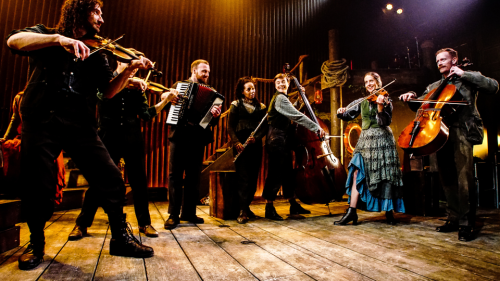Quentin Tarantino, the cinematic maestro, meticulously orchestrates the exquisite symphony of blood, vengeance, and retro-fetishism in Kill Bill, a relentless opus delving into a vivid world of exploitation cinema. With an ardent commitment to his movie-crazy mind, Tarantino dexterously fuses eclectic influences ranging from martial arts legends to the French New Wave, crafting a masterpiece that serves as both a homage and a reinvention of classic genres.
Setting the Stage: A Retro Journey Through Tarantino Land
The film’s opening, marked by a tantalizing blend of phony vanity cards and stylized violence, sets the tone for the thrilling retro journey that follows. As the narrative unfolds, Tarantino’s penchant for non-linear storytelling becomes evident, weaving a tapestry of emotional depth and visceral impact. The visceral allure of the action sequences, especially the electrifying confrontation at the House of Blue Leaves, transcends mere cinematic spectacle, firmly establishing as an epitome of pure, unadulterated entertainment.
Crafting Emotional Resonance Through Action
While Tarantino’s directorial finesse shines through the film’s action-packed sequences, it also serves as a canvas for the exploration of the director’s maturation as a visual storyteller. Departing from the dialogue-heavy nature of his earlier works, Kill Bill emphasizes the power of action to convey emotion and narrative progression. Uma Thurman’s portrayal of the Bride exudes an Eastwoodian gravitas, underscoring her character’s quest for retribution and redemption.
Playfulness and Subversion: Tarantino’s Narrative Complexities
Amidst the meticulously choreographed action and blood-soaked mayhem, Tarantino masterfully infuses his signature playfulness and subversion. The movie’s non-chronological structure is a testament to his ability to toy with audience expectations, offering a curated blend of thrills and narrative complexities. The film’s deliberate neutralization of tension through flashback sequences and unexpected plot resolutions serves as a testament to Tarantino’s meticulous craftsmanship, effectively transcending the boundaries of conventional storytelling.
A Meticulously Curated Cinematic Landscape
However, Kill Bill is not merely an exercise in stylistic flamboyance. The movie’s non-chronological structure is a testament to his ability to toy with audience expectations, offering a curated blend of thrills and narrative complexities. It also signifies Tarantino’s profound engagement with his cinematic obsessions, embodying a journey through a meticulously curated cinematic landscape. The film’s intricate tapestry of influences serves as a testament to Tarantino’s role as both a curator and a collector of cinematic rarities. Sonny Chiba’s cameo as the swordmaker and the Bride’s unmistakable Bruce Lee-inspired ensemble stand as testaments to Tarantino’s unyielding passion for the medium.
Conclusion
As a part of Tarantino’s expansive oeuvre, Kill Bill is a testament to the director’s commitment to pushing the boundaries of cinematic storytelling. Its compelling action sequences, intricate narrative architecture, and seamless blend of influences establish it as a quintessential Tarantino experience that remains unparalleled in its sheer audacity and visionary brilliance. In the realm of contemporary cinema, Quentin Tarantino’s Kill Bill stands as a testament to the enduring power of visionary storytelling and cinematic craftsmanship.




















